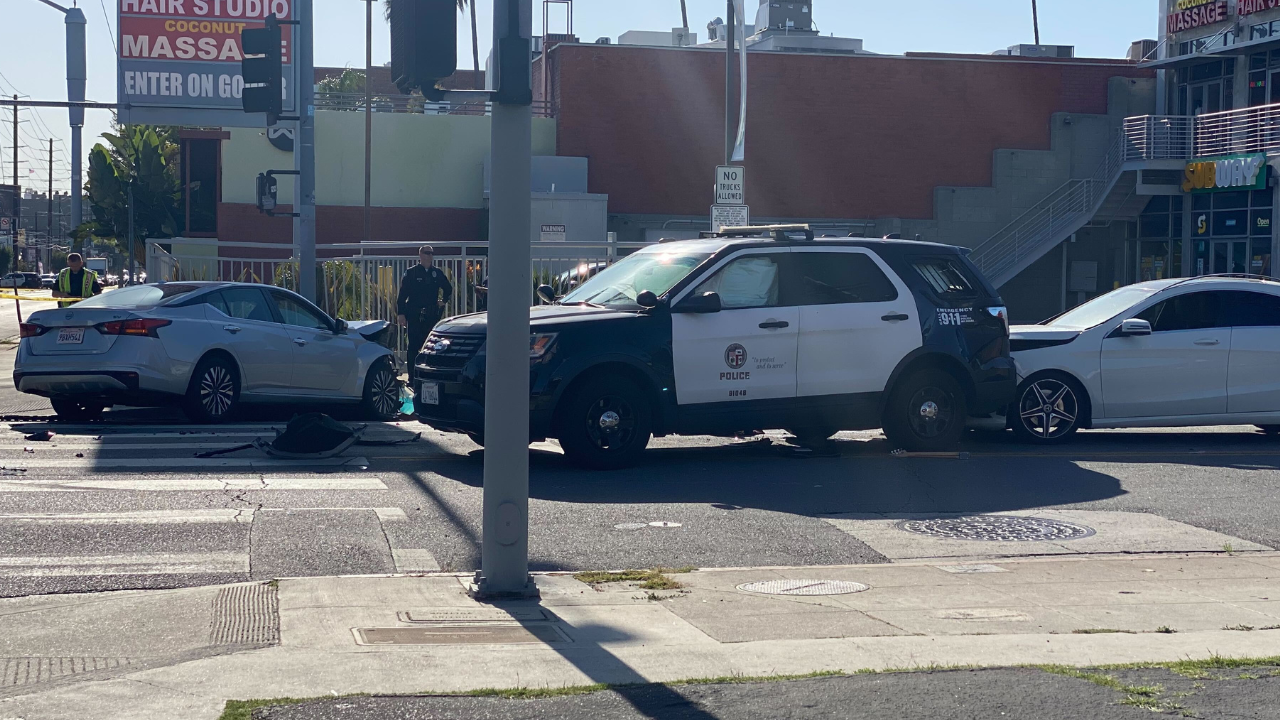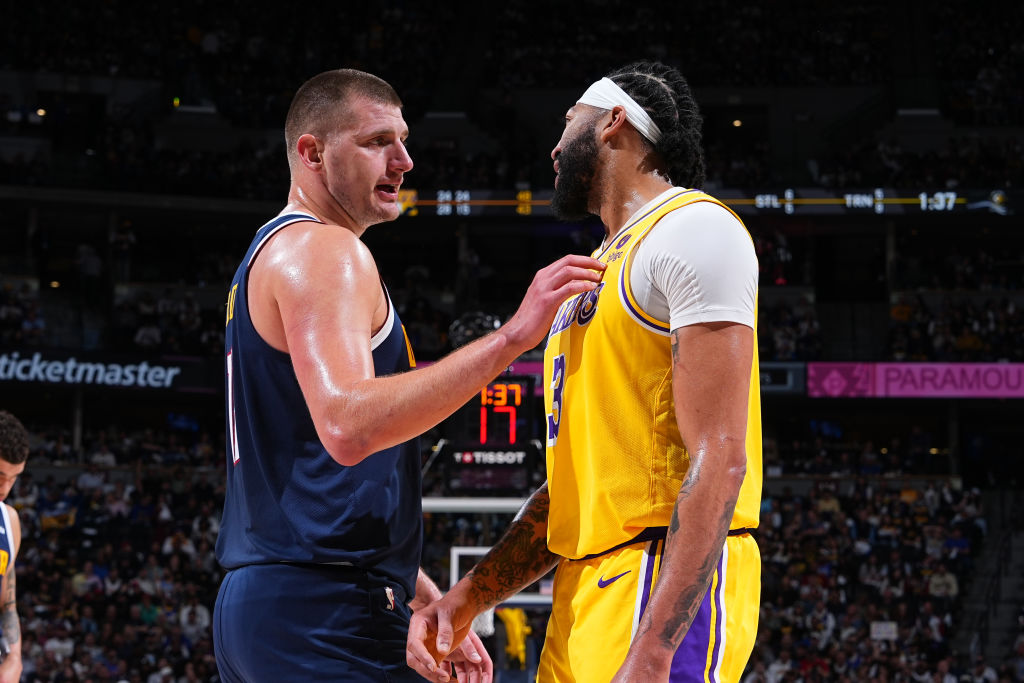It's almost here.
In a few short days, Southern California will begin to look and feel more like winter than it has all season.
A pair of storms is set to drench the drought-stricken region, but the much-anticipated precipitation comes with a warning.
- Running Dry: Continuing Coverage of California's Drought | How to Conserve Water
"This is going to be significant rain, something we haven’t seen in a long time and maybe too much at once, especially for the burn areas," NBC4 meteorologist Crystal Egger said.
Monday and Tuesday will be mild and sunny with temperatures in the 70s. Then the mercury is expected to drop into the 50s and 60s starting Wednesday, when the first of two storms moves in.
With a few days left until the wet storm arrives, you can track all the weather changes on the FREE NBC4 Weather app. It's complete with extended and hourly forecasts, extreme weather alerts, a radar map and videos from your favorite NBC4 weathercasters.
That initial weather system will be similar to the few winter storms Southern California has experienced so far this season. It is expected to bring light scattered showers and up to a quarter inch of rain. Light snow could fall at elevations above 6,500 feet.
News
Top news of the day
Friday night into Saturday is when a major weather system is expected to bring heavy rain and thunderstorms to the region.
The second storm is set to drop about 1 to 2 inches of rain to the coastal areas and valleys. Foohills and mountain areas could get soaked by up to 4 inches of rain.
If the storm lives up to expectations, it'll be the first time since March 2011 that a single storm dropped more than 2 inches of rain to a widespread part of SoCal, according to the National Weather Service.
Recently burned areas – like those scorched by the Colby and Springs fires – could see mud and debris flows. Street flooding is also possible. Snow is expected to fall above 5,000 feet.
Drivers are urged to be especially careful in the hours immediately after the rain begins because months of accumulated oil on the roadways will bubble up causing a slick, dangerous commute.
Track the storms' progress and get the latest SoCal weather wherever you are, with NBC4's free weather app. Click here to download.



